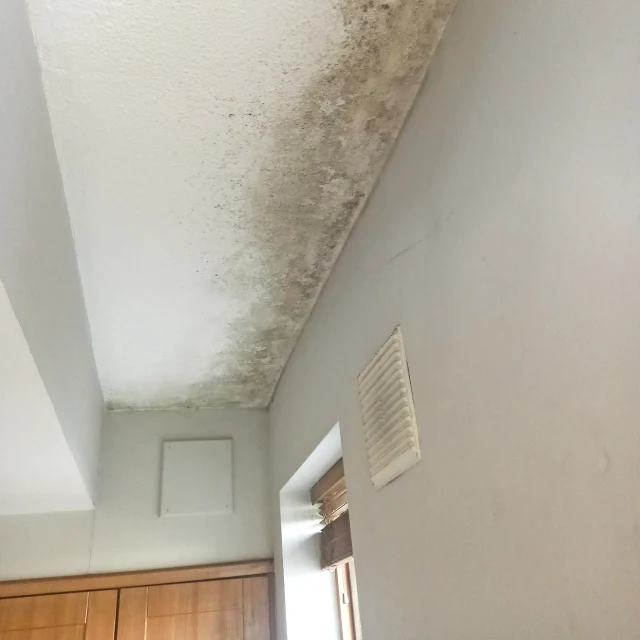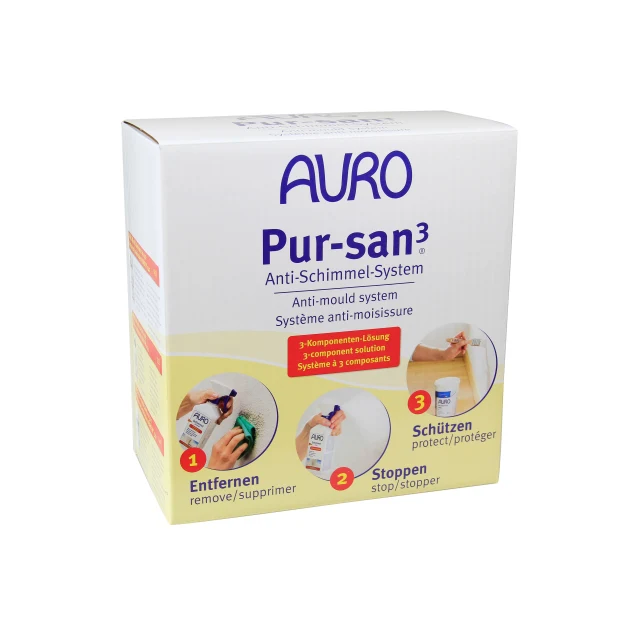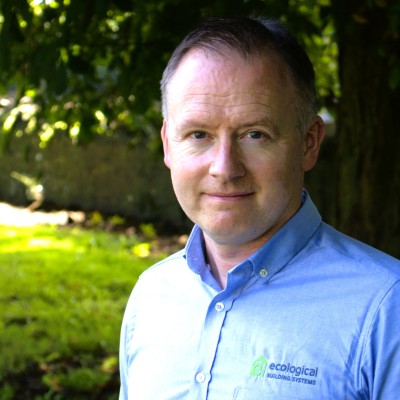Go to Section
Ask the Expert: How Do I Deal with Mould?
Wednesday 19th January 2022
Also in category: Healthy living, Mould prevention
Unfortunately, mould is all too common a sight in many Irish and British buildings. The dangers associated with mould spores and the additional damage to building elements, along with poorer indoor air quality, means that it’s essential to minimise the likelihood of mould growth occurring.


Blog author

Niall Crosson
Technical Director (BTech, MEngSc, MIEI, CEPHC)
Niall is the Technical Director for Ecological Building Systems and was also the company’s first employee. Niall holds a first class honours degree as a Bachelor of Technology and a Masters in Eng.Sc. Niall is a certified Passivhaus Consultant and has provided technical guidance on many award winning low energy projects in Ireland and the UK, and has authored or co-authored several chapters in both the Passivhaus Handbook and the Passivhaus Designers Manual. Niall is also on the board of directors of the Irish Green Building Council and provides guidance on several national standards committees. Along with this, Niall has contributed to several construction publications including The Journal of the RIAI.


